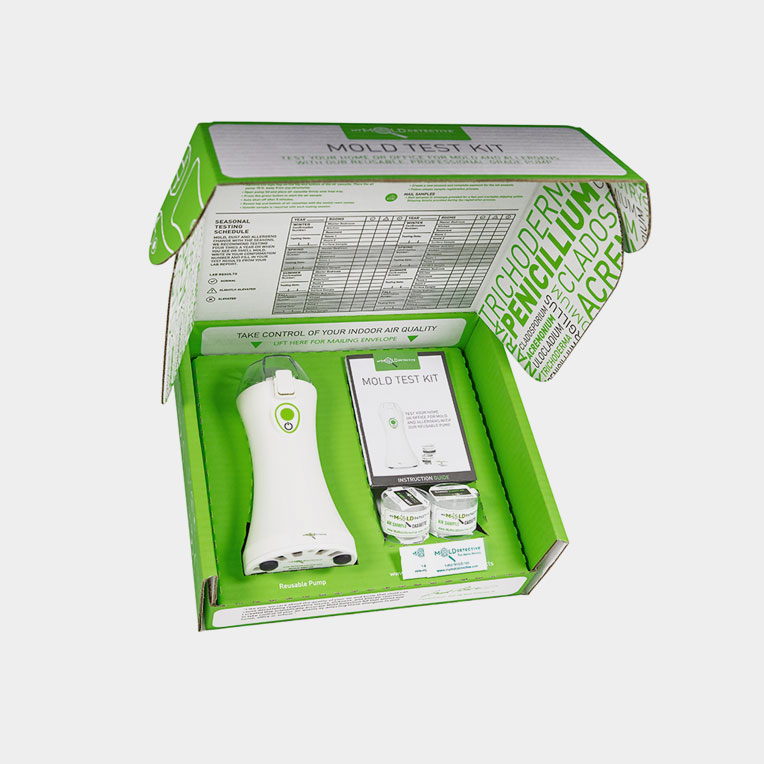How Mycotoxin Testing Assists Stop Contamination and Guard Food Products

Mycotoxin testing is a crucial practice in the food market, offering as a frontline defense against contamination by unsafe toxins created by mold and mildews. Via the application of sophisticated methods like High-Performance Fluid Chromatography (HPLC) and Fluid Chromatography-Mass Spectrometry (LC-MS), food producers can properly find and quantify mycotoxin degrees in farming items.
Understanding Mycotoxins
Understanding mycotoxins begins with acknowledging that they are harmful additional metabolites created by specific molds, which can contaminate agricultural items. These metabolites are not crucial for the development or recreation of the fungis however can have serious ramifications for human and animal health. Mycotoxins are typically found in staple plants such as corn, wheat, barley, and nuts, where they can proliferate under particular conditions of moisture and temperature level.
There are several kinds of mycotoxins, each produced by various fungal types. Fusarium species create trichothecenes and fumonisins, both of which are linked with numerous intense and chronic wellness problems.

Dangers of Mycotoxin Contamination
The risks of mycotoxin contamination are complex, posing significant threats to both food safety and security and public wellness. Mycotoxins, poisonous substances generated by specific types of fungis, can contaminate a broad range of farming items including grains, nuts, spices, dried out fruits, and coffee.
Financial influences are one more significant issue. Polluted plants can lead to considerable economic losses for farmers and food manufacturers because of minimized returns and the demand for costly decontamination steps. Furthermore, global trade can be dramatically impeded as countries implement rigorous mycotoxin regulations to secure their populations, bring about turned down shipments and stretched profession relationships.
Ecological variables such as climate change worsen the danger of mycotoxin contamination. Variants in temperature level and moisture can develop beneficial conditions for fungal growth, enhancing the probability of contamination occasions. Therefore, understanding and minimizing these threats are crucial for guaranteeing the security and stability of worldwide food supplies.
Methods of Mycotoxin Evaluating
Accurately identifying mycotoxin contamination in agricultural items is important for protecting public health and maintaining food safety criteria. Numerous techniques are utilized to detect and quantify mycotoxins, each offering specific benefits and constraints.
High-Performance Fluid Chromatography (HPLC) is a commonly used method as a result of its high level of sensitivity and precision. It involves dividing mycotoxins from various other compounds in a sample, find more information enabling exact metrology. Liquid Chromatography-Mass Spectrometry (LC-MS) incorporates liquid chromatography with mass spectrometry to provide in-depth molecular information, making it specifically beneficial for identifying several mycotoxins all at once.

Gas Chromatography-Mass Spectrometry (GC-MS) and Thin-Layer Chromatography (TLC) are also utilized, each with unique applications. GC-MS works for unstable mycotoxins, while tender loving care provides an easier, cost-effective alternative for preliminary screening.
Benefits of Regular Checking
Normal testing for mycotoxins in agricultural products uses numerous benefits, dramatically contributing to public health and wellness and food safety. By identifying contamination early, routine screening helps prevent the circulation of poisonous foods, consequently decreasing the threat of mycotoxin-related diseases amongst customers. This aggressive technique not just safeguards human health and wellness however also boosts the general top quality of food supplies.
Various nations and regions have actually established rigid restrictions for mycotoxin levels in food and feed. Adhering to these restrictions via regular testing makes certain that producers and providers satisfy lawful standards, thus preventing fines and profession barriers.
Additionally, routine mycotoxin screening can bring about substantial economic benefits. Early discovery of contamination permits prompt treatment, lowering potential losses from widespread contamination. Executing routine screening procedures can additionally decrease recall costs and relevant responsibilities, which can be monetarily devastating.
Furthermore, regular testing provides valuable data that can inform better agricultural practices and storage space conditions. By understanding patterns of contamination, producers can take on safety nets, thereby adding and minimizing future dangers to the sustainability of the food supply chain.
Executing Testing Procedures
Carrying out reliable mycotoxin testing procedures is important for making sure the security and quality of farming items. Establishing a robust testing framework entails several essential steps, beginning with the identification of potential contamination factors within the manufacturing and supply chain. This includes my company pre-harvest, post-harvest, storage space, and circulation phases. Each phase must be looked at to identify where mycotoxin contamination is most likely to take place.
When critical control factors are determined, selecting proper testing approaches is necessary. Common strategies include enzyme-linked immunosorbent assay (ELISA), high-performance fluid chromatography (HPLC), and mass spectrometry (MS) Each method has its toughness and weaknesses; therefore, picking the proper one depends upon the details mycotoxin being evaluated, the called for sensitivity, and offered sources.

Last but not least, integrating the screening his comment is here methods into an extensive food safety and security management system is recommended. This boosts traceability and allows swift restorative activities when contamination is identified, thus securing the integrity of the food supply chain.
Conclusion
Mycotoxin testing is important in stopping contamination and guarding food supplies by allowing very early detection of damaging toxins produced by mold and mildews in farming products. Normal screening enhances brand name reputation, financial stability, and trust fund in food safety by decreasing contamination-related losses and keeping high requirements in food production.
Mycotoxin screening is an important technique in the food sector, offering as a frontline protection against contamination by unsafe contaminants generated by mold and mildews. An incorporated strategy entailing farming methods, storage management, and regular screening can minimize the threats associated with mycotoxin contamination, making sure food security and public health and wellness.
The risks of mycotoxin contamination are multifaceted, posturing substantial dangers to both food security and public health.Normal screening for mycotoxins in agricultural products supplies many benefits, considerably contributing to public wellness and food security.Mycotoxin testing is essential in protecting against contamination and guarding food materials by enabling very early detection of harmful contaminants produced by mold and mildews in agricultural items.